- 55 Posts
- 251 Comments

 494·2 months ago
494·2 months agoWe are going to need much stronger image rights for individuals in the AI age.
There’s no way to stop the technology itself (although current development may plateau at some point), so there must be strong legal restrictions on abusing it.

 433·2 months ago
433·2 months agoI don’t think Mozilla running a Mastodon server is losing focus. The ethos of Mozilla and the Fediverse have a lot of overlap, and Mozilla should desire to have a foot in it.
An official Mastodon server is also a useful platform for marketing and outreach. In contrast an organisation claiming to be all about privacy and open source retreating from a social media platform that embodies those is not a good look.

 37·2 months ago
37·2 months agoHigh energy bills and misinformation about energy saving seems to be causing some odd behaviour here in the UK.
I have relatives who go round turning off every device and appliance at night, despite the negligible power draw they have in standby. Another will only charge their phone at night during cheaper the electricity rate - but runs the tumble dryer during the day.
I also often hear stories about people fearing electronic devices will catch fire if left on standby over night. Which may well be a risk for charging a dodgy Chinese e-bike but probably not for a home router.
You’re never lonely with all your Demodex friends.
They are more comfortable than they look. The lack of a second analogue stick is a big limitation though.
There was a prototype VMU MP3 player in the works before the Dreamcast was discontinued, alongside a music store.
Sega also produced a digital camera for the Dreamcast, the DreamEye.
The tech world could have looked very different if the Dreamcast went differently for Sega.
The P and D symbol is the DisplayPort logo. I’m not sure when it was first used, but the DisplayPort standard itself is quite a bit older than USB Power Delivery.
It’s still confusing though regardless of which can lay the best claim to the letters P and D. I would have suggested Power Delivery could use some sort of lightning bolt symbol, but then I realised that would probably conflict with Thunderbolt, which also uses USB-C.
It’s almost as if having all these different features would be easier to differentiate if they had different physical shapes.

 1·2 months ago
1·2 months agoI haven’t done any channel optimisation so far, I probably should do. I have the P version of the Sonoff Zigbee dongle, I haven’t tried the E version.
I’ve also been careful with picking router devices. I’ve tried to avoid router devices that have poor reported compatibility with Aqara. There is a page/thread somewhere online where people were compiling lists of devices that do or don’t play nice with Aqara. IKEA devices apparently work very well with Aqara, I’ve been using their smart plugs wherever I can.
My Zigbee network also improved a lot when I set up some IKEA plugs in the loft. My house also has thick walls, but it seems Zigbee signal can propagate more easily through ceilings/floors.
Using quality brand batteries also seems to help a bit, at least from a battery life point of view.

 41·2 months ago
41·2 months agoCreating a cost barrier to participation is possibly one of the better ways to deter bot activity.
Charging money to register or even post on a platform is one method. There are administrative and ethical challenges to overcome though, especially for non-commercial platforms like Lemmy.
CAPTCHA systems are another, which costs human labour to solve a puzzle before gaining access.
There had been some attempts to use proof of work based systems to combat email spam in the past, which puts a computing resource cost in place. Crypto might have poisoned the well on that one though.
All of these are still vulnerable to state level actors though, who have large pools of financial, human, and machine resources to spend on manipulation.
Maybe instead the best way to protect communities from such attacks is just to remain small and insignificant enough to not attract attention in the first place.

 5·2 months ago
5·2 months agoI’m happy to see untracked energy devices covered in the energy graphs. I’d been using a Grafana dashboard to display more detailed energy visualisations including consumption of untracked devices before.

 4·2 months ago
4·2 months agoStill a win for Home Assistant to have a big brand like Aqara want to play ball at all.
if they are supporting the current Matter/Thread devices hopefully they will do the same for future devices, especially (if and) when they start to deprecate their Zigbee devices.

 1·2 months ago
1·2 months agoAqara devices can be finicky with non-Aqara devices, especially router devices.
I’ve personally also had much better results with Aqara devices since switching to Zigbee2MQTT and a Sonoff Zigbee stick, I had a lot more dropouts with ZHA and a Conbee II stick.

 5·3 months ago
5·3 months agoI have an X220 with an i5-2520M, I don’t use it for gaming but I have briefly played Half-Life 2 with it and it was comfortably playable.
So I would say mid-2000s titles and before will be fine. It really depends o the age of the Thinkpad you want is, and the age of the games you want to play.

 111·3 months ago
111·3 months agoThis is the inevitable path for nearly all proprietary smart devices. There’s a handful of manufacturers that will see privacy as a marketable feature, but most won’t be able to resist the sweet taste of data.
It’s a shame there are no “dumb” TVs left, except for expensive industrial options.

 7·3 months ago
7·3 months agoIsolate the smart TV in restricted VLAN in your home network that can access your local media server but doesn’t allow internet access.
Segmenting a home network like this is also a good idea for smart home/IoT devices.

 7·3 months ago
7·3 months agoI don’t remember much problem with the connectivity with SCART. I do remember wasting many hours dealing with cheaply made cables that didn’t even wire all the pins however.
Which come to think of it is now becoming an issue with USB-C cables. At least with SCART the connector could be easily opened for inspection, which became a habit of many an AV tech.

 30·3 months ago
30·3 months agoKeeping the same pin layout while upgrading to USB-C would have made more sense. USB-C is the future, seems odd to still be a Micro USB holdout in 2024.
The switch has got to happen at some point, and the Pico ecosystem is still young enough the change wouldn’t be too disruptive.

 572·3 months ago
572·3 months agoConsidering how much worse Windows seems to get with each update and new version, Microsoft will soon be developing methods of invisibly install Windows updates to force them through.
I look forward to a future where the battle between Microsoft and malware brings Windows computers to a standstill in an endless loop of invisibly installing and removing updates.

 7·3 months ago
7·3 months agoThe makeup of web users has changed a lot since 2010. The average web surfer was a lot less passive in attitude in decades past.
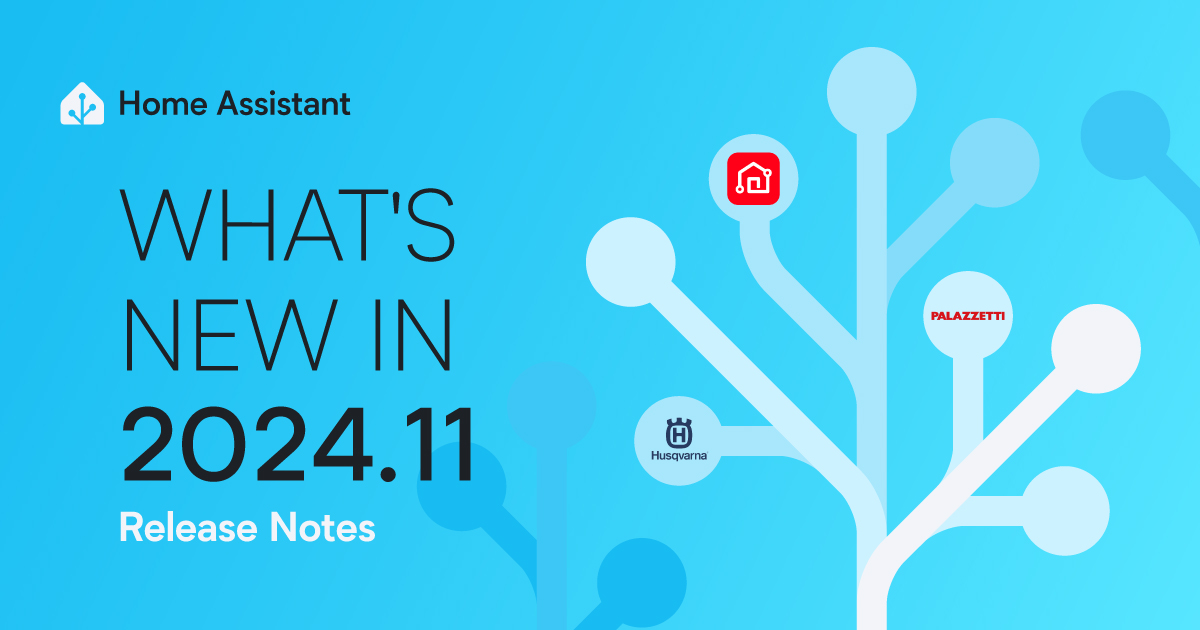


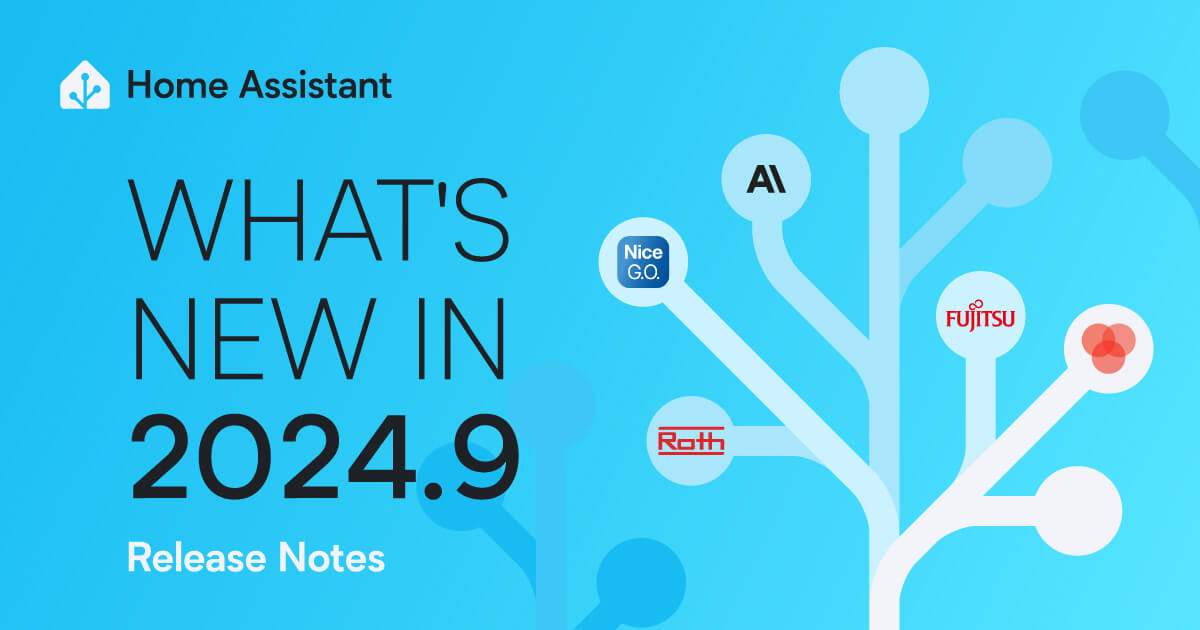




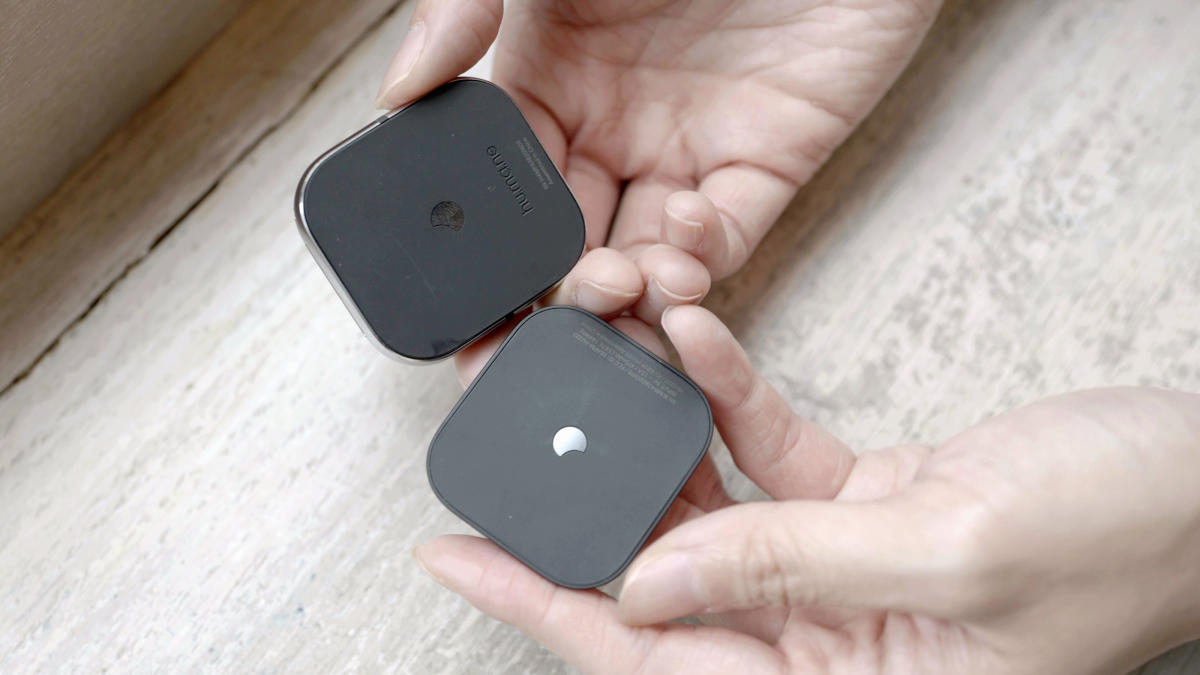





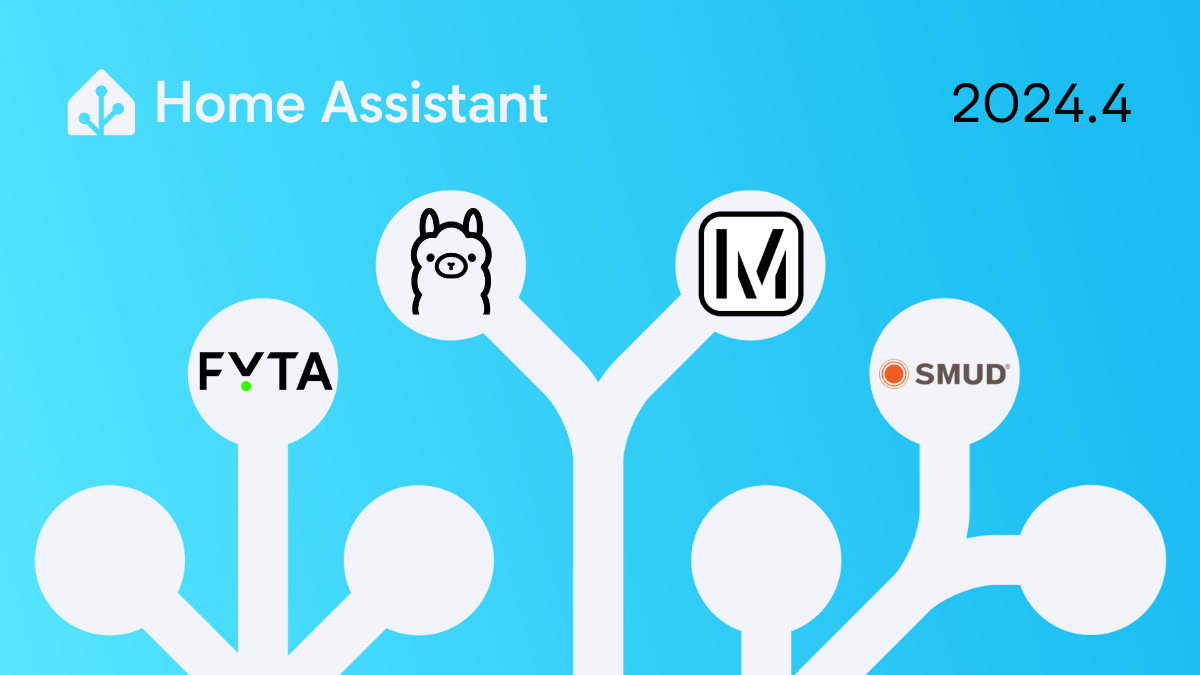





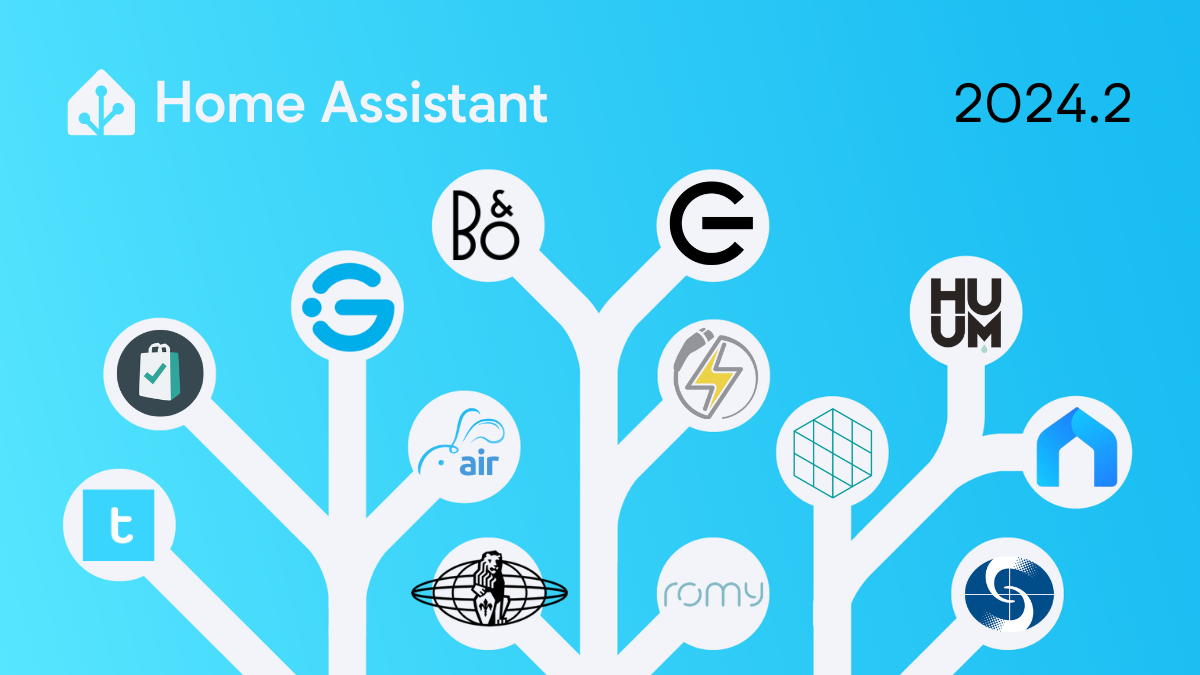


Years ago a Microsoft breakup was also once on the table, but it never happened.
I wouldn’t get too excited that regulators will follow through with this for Google either.